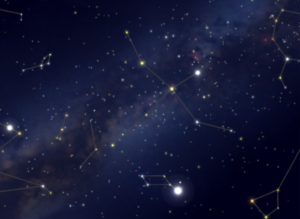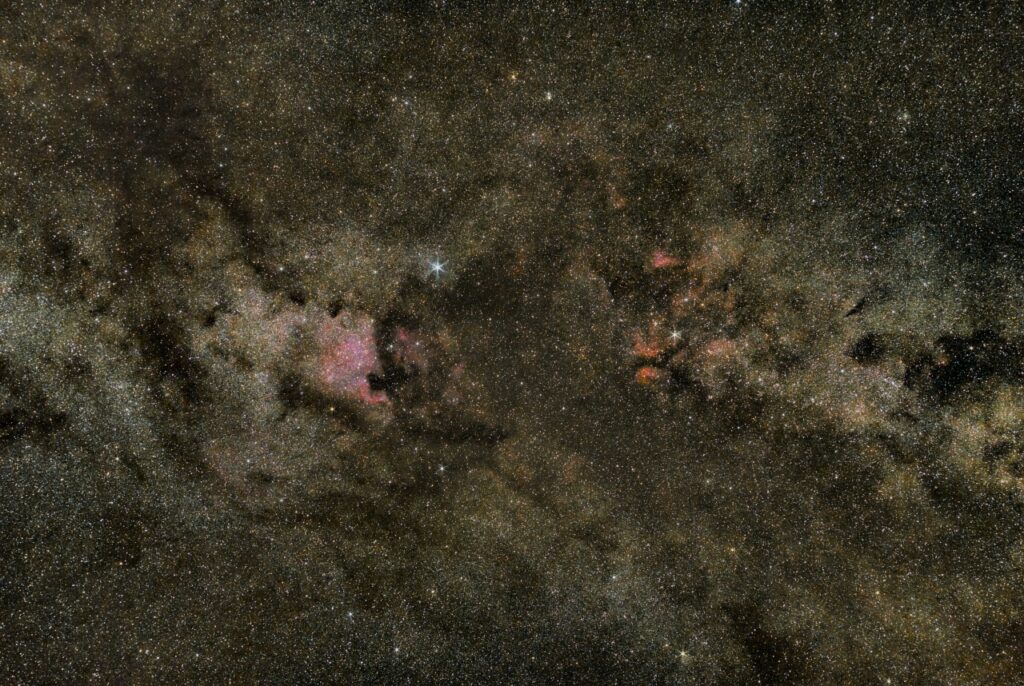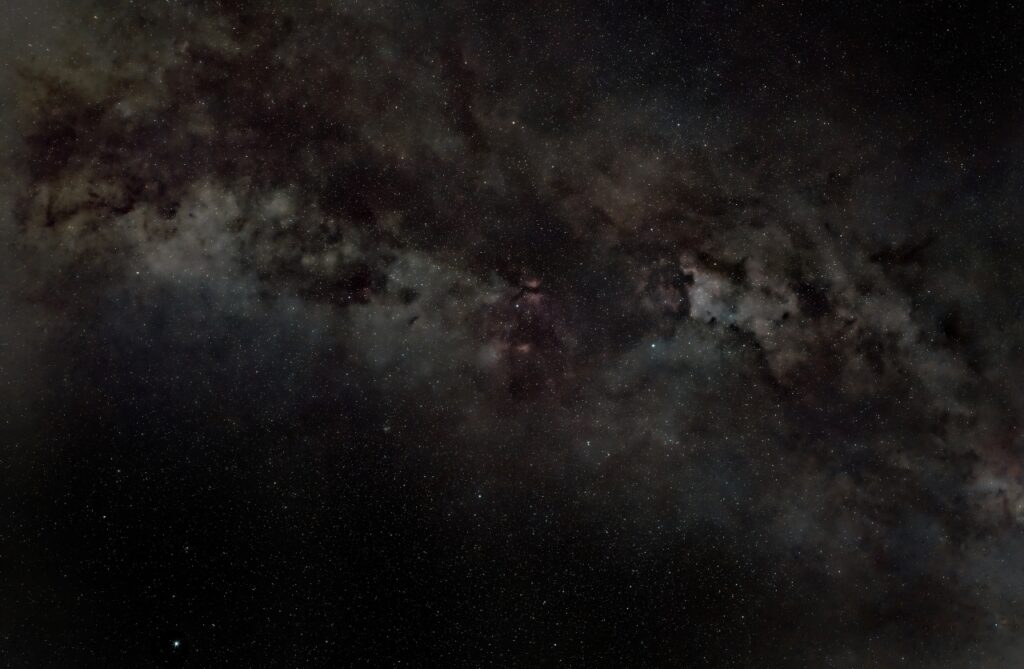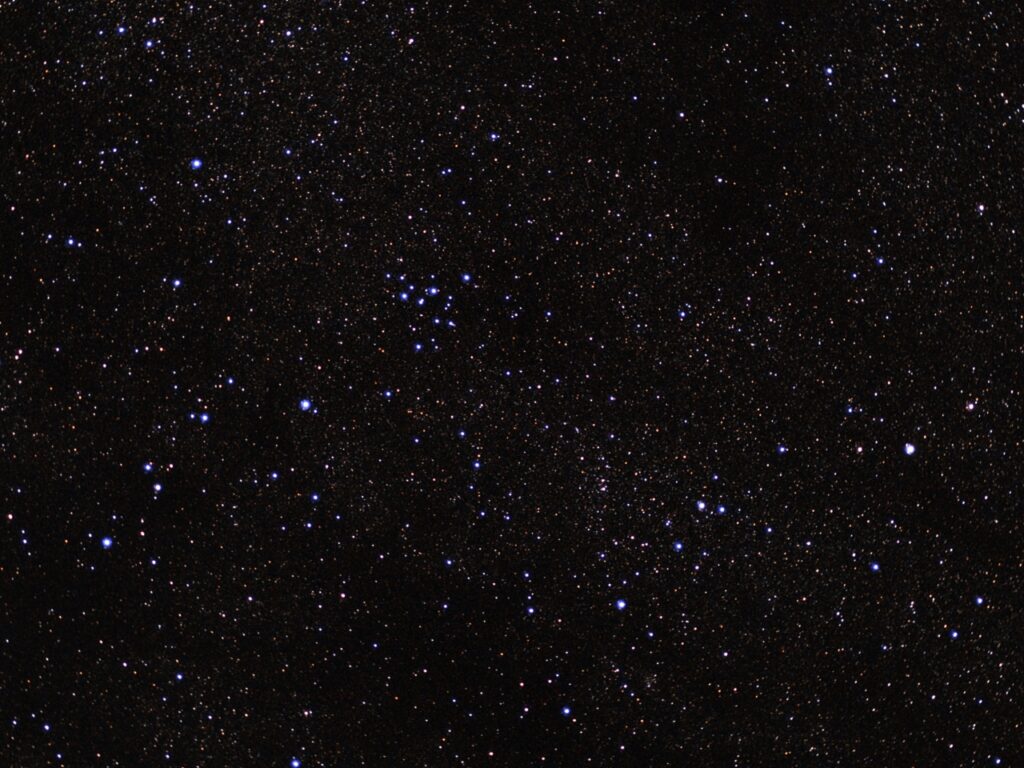In and around the constellation of cygnus
click any image to showcase
The constellation of Cygnus, also known as the Northern Cross, forms the graceful Swan as it soars through the rich star fields of the summer Milky Way, its wings outstretched across a shimmering river of countless stars. Positioned high in the northern sky during the summer months, Cygnus lies in one of the densest and most visually captivating regions of our galaxy, making it a treasure trove for stargazers and astrophotographers.
Near the bright star Deneb, which marks the Swan’s tail, the North America Nebula unfurls like a cosmic continent. Its distinctive shape resembles the North American landmass, with the “Gulf of Mexico” region glowing particularly bright in vivid red hues from ionized hydrogen gas. Intricate filaments and dusty lanes add texture to this immense emission nebula, a birthplace for young stars.
Further along Cygnus, near the star Gamma Cygni (Sadr), a vibrant expanse of nebulosity blooms. This region is a spectacular tapestry of glowing gas clouds and dark dust lanes, interwoven with delicate tendrils of light. The Gamma Cygni Nebula Complex is a dynamic hub of star formation, pulsating with the energy of newly formed stars.
The constellation itself lies along the Great Rift, a series of dark, interstellar dust clouds that bisect the Milky Way. These shadowy regions create striking contrasts against the luminous backdrop, enhancing Cygnus’s ethereal beauty. As the Swan glides through this celestial river, it invites viewers to explore the mysteries of the galaxy, where glowing nebulae and hidden star clusters beckon from light-years away.
Cygnus Wide Field with the North American Nebula in Center Left


The North America Nebula, NGC 7000, is an emission nebula in the constellation Cygnus, close to Deneb (its brightest star). It measures 3 degrees north to south and 2.3 degrees east to west, and covers an area more than four times the size of the full moon.
To the north the nebula fades imperceptibly into a brilliant Milky Way background glow. The nebula is brightest in the narrow portion corresponding to Mexico. The dark notch that forms the Gulf of Mexico is obvious. Between the Earth and the nebula complex lies a band of interstellar dust that absorbs the light of the stars and nebulae behind it, and is thereby responsible for the shape as we see it.

Gamma Cygni Nebula and Sadr located in the center
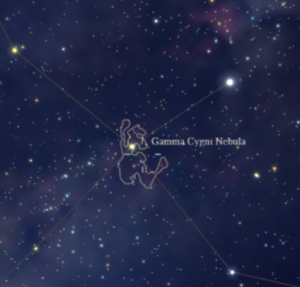
The Gamma Cygni nebula consists of various patches of nebulosity surrounding the star Gamma Cygni, at the center of the Northern Cross in the constellation Cygnus, the Swan. Known by the proper name Sadr, the bright magnitude-2.2 star γ Cyg also lies at the center of the region. Gamma Cygni is not actually part of this nebula; it is a foreground star located between us and the nebula. This nebula features a complex of stars, dark dust clouds, and glowing nebulae along the plane of our Milky Way galaxy. It spans over 3 degrees – six Full Moons


